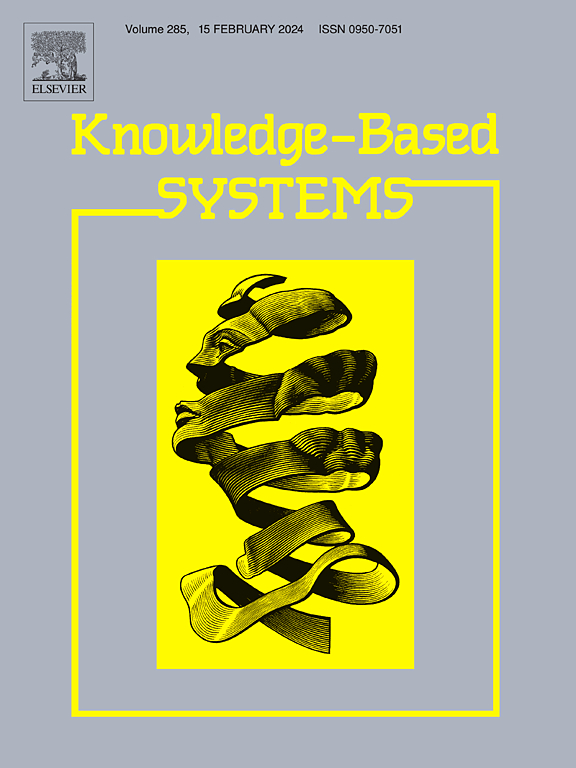CSP-Net:基于脑电图的运动图像分类的通用空间模式增强型神经网络
IF 7.2
1区 计算机科学
Q1 COMPUTER SCIENCE, ARTIFICIAL INTELLIGENCE
引用次数: 0
摘要
基于脑电图的运动图像(MI)分类是非侵入式脑机接口的一个重要范例。共同空间模式(CSP)利用了执行不同运动图像任务时头皮上的不同能量分布,在运动图像分类中非常流行。卷积神经网络(CNN)凭借其强大的学习能力也取得了巨大成功。本文提出了两种 CSP 赋能神经网络(CSP-Nets),它们将知识驱动的 CSP 过滤器与数据驱动的 CNN 相集成,以提高 MI 分类的性能。CSP-Net-1 直接在 CNN 之前添加一个 CSP 层,以提高输入的可辨别性。CSP-Net-2 用 CSP 层取代了 CNN 中的卷积层。两个 CSP 网络中的 CSP 层参数都是用根据训练数据设计的 CSP 过滤器初始化的。在训练过程中,它们既可以保持固定,也可以使用梯度下降法进行优化。在四个公共 MI 数据集上进行的实验表明,这两个 CSP 网络在主体内和跨主体分类方面都比其 CNN 骨干网络有持续的改进。在训练样本数量很少的情况下,它们尤其有用。我们的工作证明了在基于脑电图的脑机接口中将知识驱动的传统机器学习与数据驱动的深度学习相结合的优势。本文章由计算机程序翻译,如有差异,请以英文原文为准。
CSP-Net: Common spatial pattern empowered neural networks for EEG-based motor imagery classification
Electroencephalogram-based motor imagery (MI) classification is an important paradigm of non-invasive brain–computer interfaces. Common spatial pattern (CSP), which exploits different energy distributions on the scalp while performing different MI tasks, is very popular in MI classification. Convolutional neural networks (CNNs) have also achieved great success, due to their powerful learning capabilities. This paper proposes two CSP-empowered neural networks (CSP-Nets), which integrate knowledge-driven CSP filters with data-driven CNNs to enhance the performance in MI classification. CSP-Net-1 directly adds a CSP layer before a CNN to improve the input discriminability. CSP-Net-2 replaces a convolutional layer in CNN with a CSP layer. The CSP layer parameters in both CSP-Nets are initialized with CSP filters designed from the training data. During training, they can either be kept fixed or optimized using gradient descent. Experiments on four public MI datasets demonstrated that the two CSP-Nets consistently improved over their CNN backbones, in both within-subject and cross-subject classifications. They are particularly useful when the number of training samples is very small. Our work demonstrates the advantage of integrating knowledge-driven traditional machine learning with data-driven deep learning in EEG-based brain–computer interfaces.
求助全文
通过发布文献求助,成功后即可免费获取论文全文。
去求助
来源期刊

Knowledge-Based Systems
工程技术-计算机:人工智能
CiteScore
14.80
自引率
12.50%
发文量
1245
审稿时长
7.8 months
期刊介绍:
Knowledge-Based Systems, an international and interdisciplinary journal in artificial intelligence, publishes original, innovative, and creative research results in the field. It focuses on knowledge-based and other artificial intelligence techniques-based systems. The journal aims to support human prediction and decision-making through data science and computation techniques, provide a balanced coverage of theory and practical study, and encourage the development and implementation of knowledge-based intelligence models, methods, systems, and software tools. Applications in business, government, education, engineering, and healthcare are emphasized.
 求助内容:
求助内容: 应助结果提醒方式:
应助结果提醒方式:


